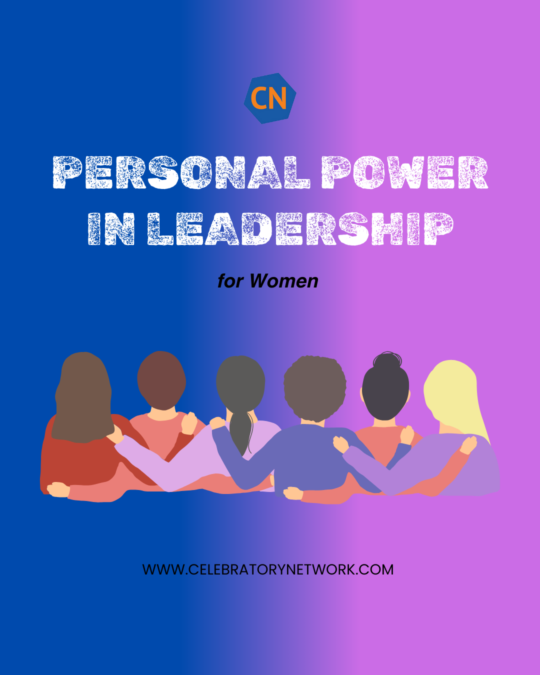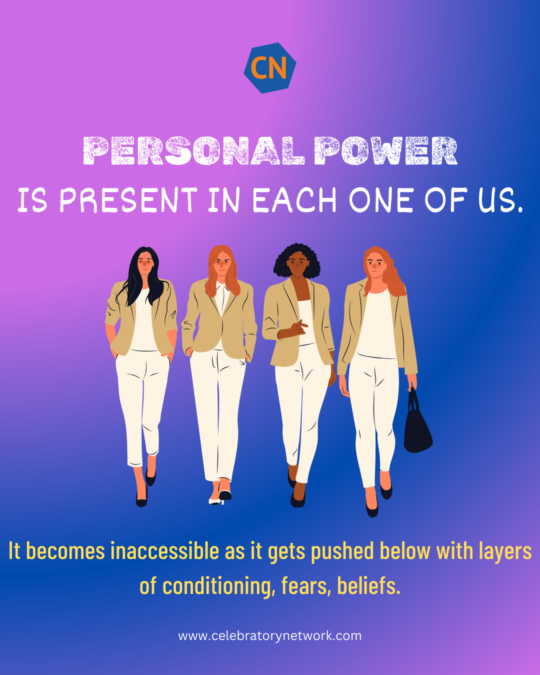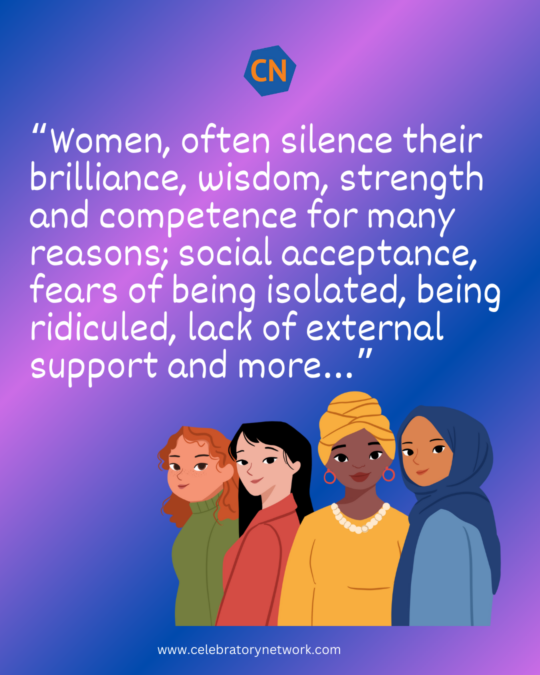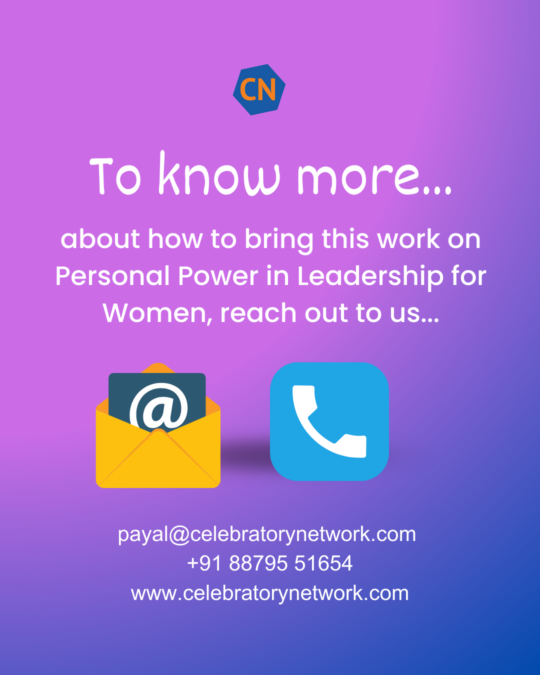DEIB
DEIB Services

Personal Power in Leadership
Intention
Inclusive leadership mindset of Empowerment, Accountability, Courage, and Humility and guide you on how to use that mindset yourself.
Creating a plan of action to help apply the strategies learned in this course to one’s work and other parts of life.
Objectives & Methodology
-
Approaches and tools for communicating effectively.
-
Inclusive leadership and effective communication being intertwined
-
Working with everyday communication roadblocks
-
Emotional Tax of biases
-
Creating safe spaces for authentic communication
Understanding dialogue processes, debunking everyday communication myths, testing assumptions, listening, expressing yourself authentically, and communicating across differences
Inclusive Leadership
Unconscious Bias
Intention
Understanding and mitigating the impact of unconscious bias is a crucial 21st-century global leadership skill. With awareness of unconscious bias and actionable steps to manage it, you will be able to make the best decisions for your organization, your colleagues, and your team. Managing unconscious bias is a vital step in building workplaces that are innovative, dynamic, and inclusive.
Objectives and Methodology
-
Build awareness to understand what unconscious bias is and why it matters.
-
Understand the impact of unconscious bias at work and the impact it has on your decision making.
-
Develop skills to recognize and take action to manage bias
-
Work with real life case studies in People Practices (Recruitment, promotion etc.
Returnship/ Second Career
An intervention focusing on Second Careers
-
Challenges of women coming back to work
-
How to support women / other genders coming back to work
-
The internal challenges and external challenges of taking a break
-
Challenges in a workplace
-
Research on Manager behaviors that enable and block growth for returnees
-
Setting Returnee up for success…
Learning journey for Women
The ongoing development of individuals to effectively lead in the global economy is a competitive advantage that contributes to organizational success. Among Fortune 500 companies, women are 15.4% of the top officers and 2.4% of the chief executive officers (U.S. Women in Business, 2008). Along with the rise of women into the ranks of leadership come some unique opportunities as well as challenges, both overt and subtle, for women to realize their full potential. Studies suggest that women tend to define career success as an interest in intrinsically rewarding roles, personal achievements, self-development, and work–life balance, whereas men tend to view success as high salaries, moving up the corporate ladder, and achieving status (Sturges, 1999). In addition to differences in definitions of success, women also experience competing priorities for their time and attention across life and career stages that are different for men(Mainiero & Sullivan, 2006; O’Neil & Bilimoria, 2005). Vinnicombe and Singh (2003)concluded that women and men have different value orientations, there by requiring different approaches to leadership development.
Oh Womaniya! Has been designed keeping in mind the needs of the current times, we have been working with women in different fields – education, science, finance, entrepreneurship and more. This is a series which bring to focus the internal alignment to strengthen and guide the external success.
Oh Womaniya! a series designed for Women to walk the journey of life and work in these unusual times. The design includes learning sessions, experiments, reflections and peer learning opportunities. Themes covered are inclusive of but not exhaustive to the following:
-
Role and Identity
-
Speaking the Unspeakable
-
Principles of giving and taking
DEI Audit
A tool and a process based on a participatory methodology.
It promotes organizational learning on mainstreaming inclusion practically and effectively.
WHAT HAPPENS IN A DEI AUDIT?
-
An assessment tool is used to identify, list current practices and reflect on how inclusion is addressed internally via systems and in the products and services offered.
-
It is also a process of understanding the experiences of employee inclusion and exclusion based on different identities
-
Based on which an ongoing action planning for Inclusion and Equity is co-created
We term it as ‘audit’ because it takes stock of ‘what elements of D &I exist in organization culturally in terms of mindset, values, beliefs, norms implied and explicit and the like and organization’s preparedness to take on the task of D & I as an organizational intervention. It is also understood by business as a way of doing a study to bring business sustainability.
The Diversity Audit also assess employee perceptions to understand current views through observations, assessments and research – areas of challenges, biases and barriers will be identified along with what’s working well to provide a clear bespoke action plan to move forward. Diversity audits should be considered like any strategic piece of work that an organization will undertake.
Empathy Circle
To be listened to, heard completely without judgement is heaven on earth. The joy one experiences in the process is boundless. No gyaan, no advice and no interpretation of what is shared! The space is open for a heart to heart connect and more. This is what an Empathy circle brings…
Are we Listening!!
Viktor Frankl, one of the great psychologists of the twentieth century, survived the death camps of Nazi Germany. Frankl once told the story of a woman who called him in the middle of the night to calmly inform him, she was about to commit suicide.
Frankl kept her on the phone and talked her through her depression, giving her reason after reason to carry on living. Finally, she promised she would not take her life, and she kept her word. When they later met, Frankl asked which reason had persuaded her to live?
“None of them” she told him. What then influenced her to go on living, he pressed? Her answer was simple, it was Frankl’s willingness to listen to her in the middle of the night.
A world in which there was someone ready to listen to another’s pain seemed to her a world in which it was worthwhile to live. Often, it is not the brilliant argument that makes the difference. Sometimes the small act of listening is the greatest gift we can give.
Empathy Circles can happen with different kinds of group, we hold Empathy Circle common groups, organizations and open groups. Any person who is looking to build capability in empathy, deep listening, building real relations, can join an Empathy Circles
ERG Design and Implementation
Employee Resource Groups (ERGs) are networks of employees that form based on shared characteristics or background, sponsored by the organization they work for. Usually, ERG members share common needs in the workplace. The groups support the fostering of their professional development, often becoming a valuable resource to their employers, providing information about their identities, performing community outreach, opening new networks for recruiting, supporting business objectives, and serving as a visible sign of their employers’ commitment to a diverse and inclusive workplace. ERGs reflect the unique culture, vision, and strategic objectives of their employers. ERGs are typically found in larger companies with a growing mix of people from different demographic groups to advance their diversity and inclusion (D&I) strategy.
ERGs have existed in corporations for more than 30 years. Whether called employee resource groups, affinity groups, business resource groups or another name, their presence and impact on organizational life is flourishing. And yet, despite this increased impact, many ERGs are in the midst of a major inflection point fraught
with uncertainty about what direction to take.
ERGs are in a moment of redefinition. Today, leading ERGs have become much more strategic and sophisticated. They are also making a larger impact on organizations as their scope and appeal broaden.
To know more – Click Here
ESG now a Corporate Priority
An inclusive workplace and a happy work culture that makes employees feel like they belong: this is the task that lies before leaders and HR professionals today!
The greatest asset of an organization today is talent and tug of war for the best talent and their retention is fierce across industries today. As Gen Z gradually enters the workforce, recruiters are realising that the currency of getting good talent on board has shifted: there is a need to keep in line with the ESG policies that boards are now demanding attention towards. Employees prefer Socially responsive companies.
As per Mercer’s recent research in this area, ESG policies of a company are considered to be key determinants among the workforce when it comes to selecting the employer of choice.

This graph looks at the Social pillar of ESG policies and reveals the importance given by the current workforce and the talent of the future to issues concerning Diversity, Inclusion, Acceptance and more…
Another statistic from the same report shows that companies with higher levels of employee satisfaction and those perceived as attractive to students and young professionals have a higher representation of women on their Boards.
The purpose of sharing these data points is to help Leaders and HR teams across organisations better understand the ask of the employees today and in the future.

Shaping a more equal work culture starts now. Potential employees are increasingly looking to work with organisations that care for their employees, welcome and embrace Diversity in all its richness. With Gen Z projected to form 70% of the workforce globally by the year 2029, these aspects of Organization Culture will continue to gain even greater importance in the coming years.
Leaders need to pay heed to these markers and trends today, as it takes years to form the culture of an organisation, and to sustain it.
Is your organization in line with the ESG needs of the Boards with respect to Diversity, Inclusion and Work Culture?
Focus of ERG's in an Organization

As organizations work to create more meaningful work cultures, nurturing communities (Employee Resource Groups) that employees can connect with and relate to is becoming a big part of HR initiatives. From support groups for women to those for marginalized groups, all groups are rapidly gaining popularity and acceptance.
The reason Employee Resource Groups are gaining momentum over time is because individuals can share their concerns, fears, challenges, and feel heard. And as a community, they are in a better position to represent their issues to the senior management and look for resolutions.
These groups, known as Employee Resource Groups, enable the organization to facilitate open conversations and arrive at appropriate solutions to often long-standing, less-understood issues in teams.

Celebratory Network have assisted corporations in forming and implementing ERGs.
The experience has given our team of professionals in-depth insight into assessing the critical needs of the groups, and methods and strategies to empower the leaders and champions of ERGs to drive the cause ahead.
For those still contemplating setting up ERG or looking for hand-holding for an existing ERG, we are here to help. While you explore the possibilities of making your team feel comfortable and cared for, do keep in mind that effective ERG initiatives need committed effort and time.
“The single story creates stereotypes, and the problem with stereotypes is not that they are untrue, but that they are incomplete. They make one story become the only story.”
The many dimensions of Diversity







